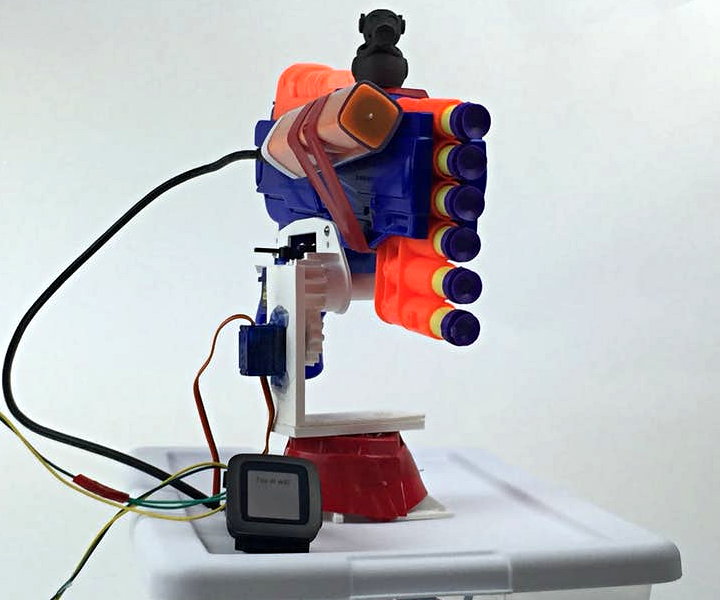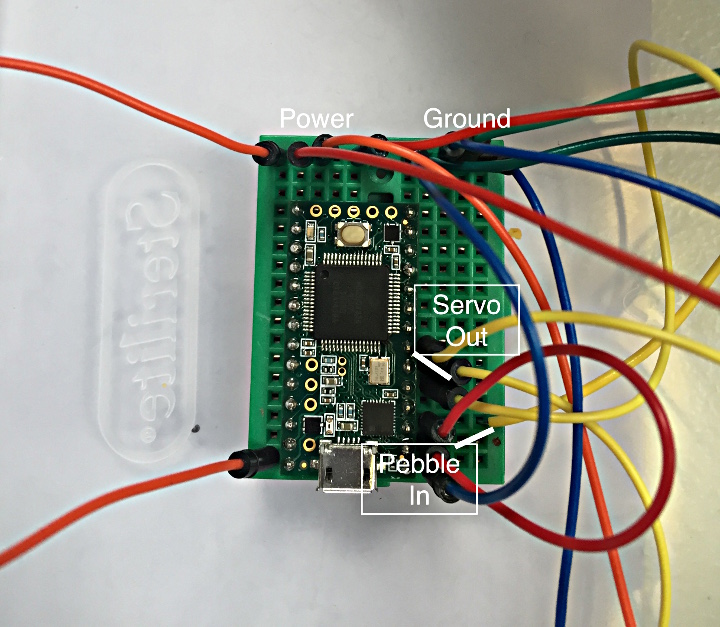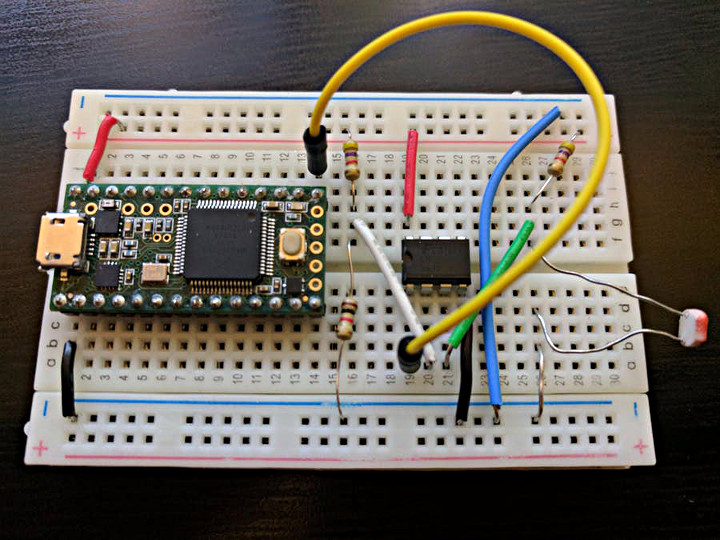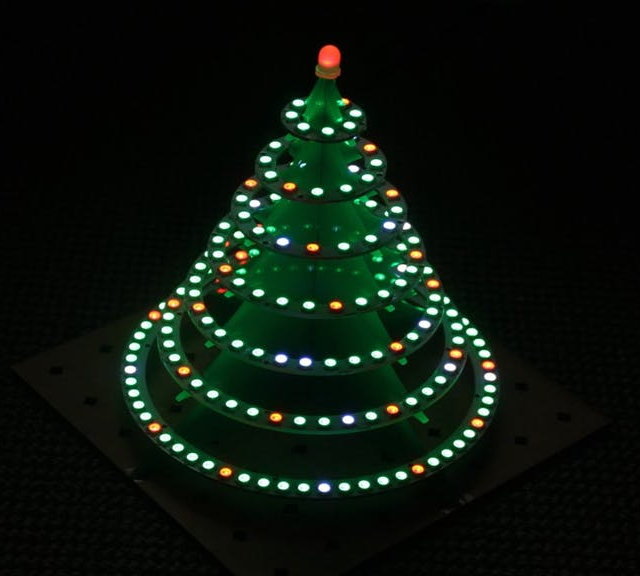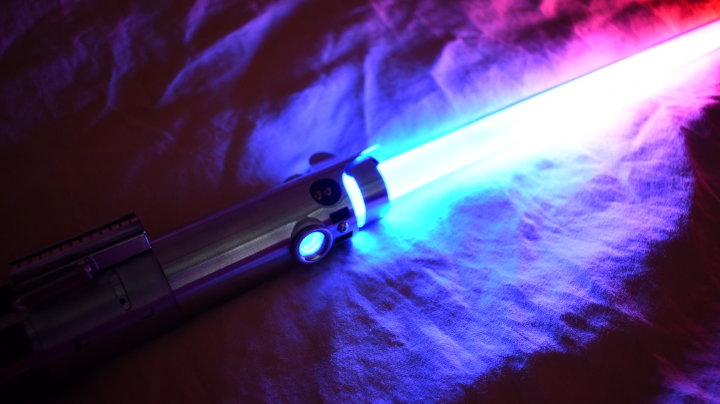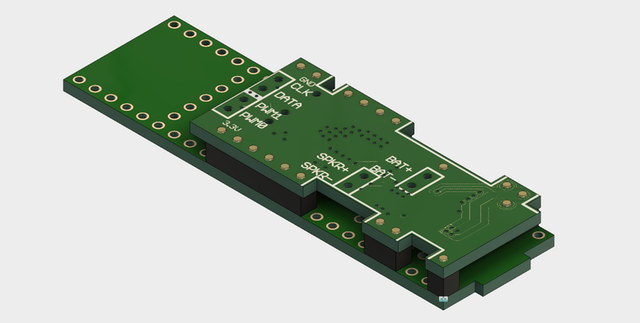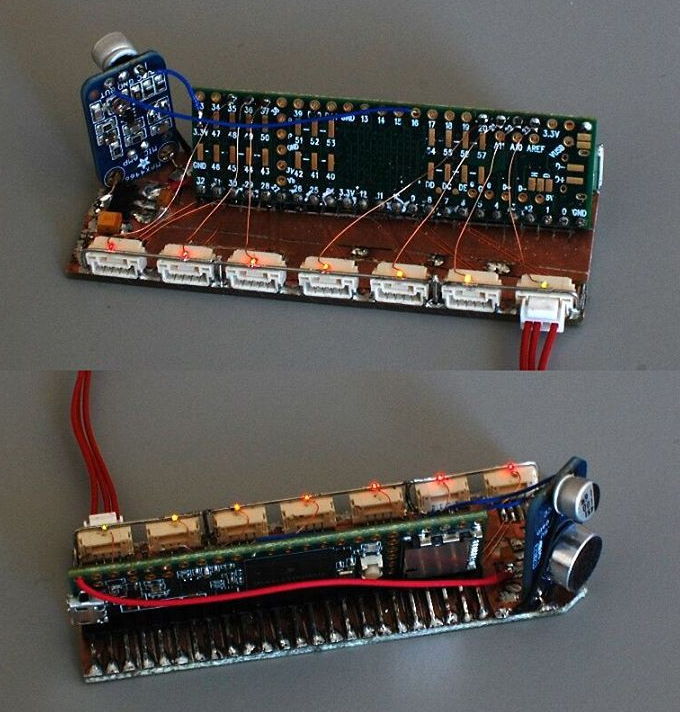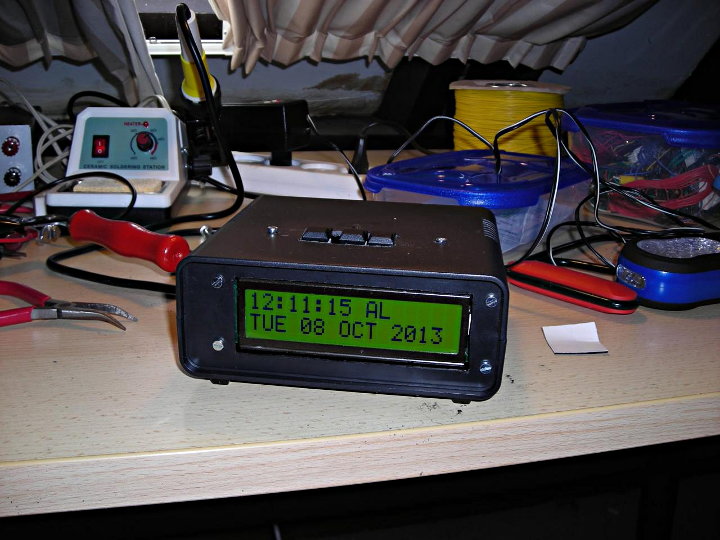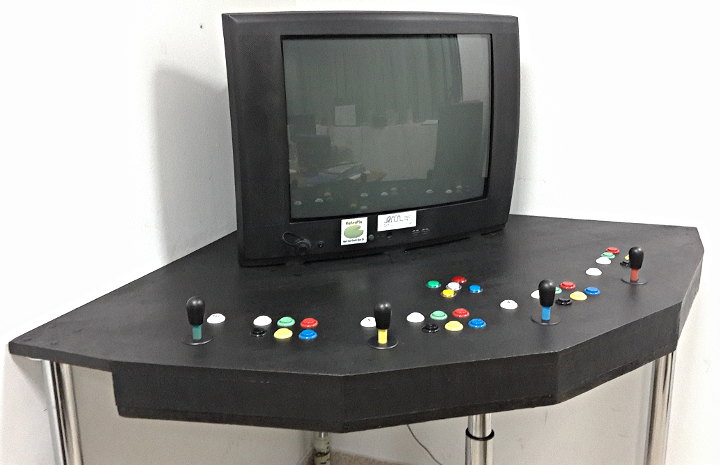Keith Baxter made a hand held MIDI keyboard called The Kyub. This device using capacitive sensing and has an internal accelerometer for controlling the volume.
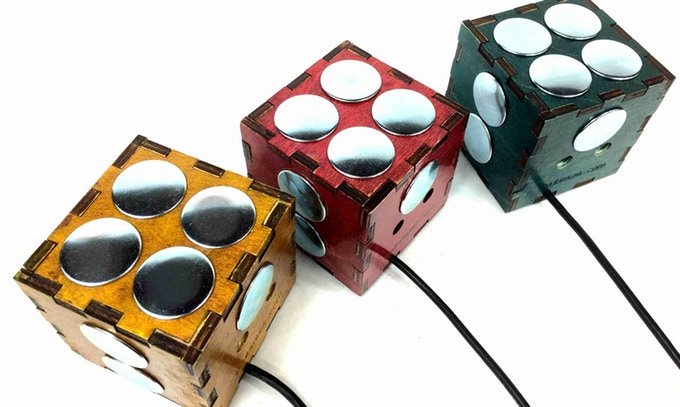
This video from their Kickstarter campaign gives a good overview and explanation of how the Kyub works.
This is a pretty cool video demoing the Kyub configured as a set of drum pads.
The software and details about how to build and use the Kyub are available on the Kyub website.
